Loch Eriboll exists within a fascinating and richly beautiful part of the Highlands; carved deeply into the coastline of the North West Highlands, with Ben Hope to its east and Cape Wrath to its west.
I’ve been working intermittently in the area since 2020, supporting efforts to identify and establish a community-led vision for managing the loch. Given FFI’s experience in supporting coastal communities to engage in marine protection in Scotland, we were invited into this work by the Sustainable Inshore Fisheries Trust (SIFT) and Wildland Limited.
FFI’s approach, like the rest of our community support work in Scotland, is to act as an initial ‘enabler’ and facilitator of community participation, against a longer-term view of supporting an independent community-led initiative for long term conservation management.
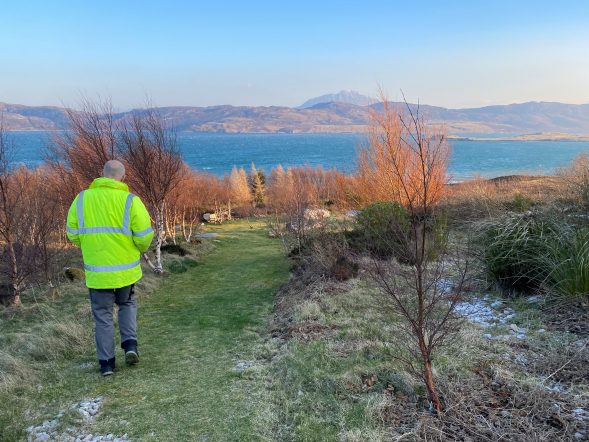
During the summer of 2021 I met with local residents to listen to their views and better understand the context of the area (including how it is valued), and to identify the marine conservation leadership capacity within the local community. I met with local fishermen, recreational divers, crofters, conservation organisation employees, large and small business owners, and others who are related to natural resource management (e.g. hydro and native woodland establishment). From these discussions, I was able to identify a number of shared themes and issues – like those related to wildlife observations, fisheries and aquaculture management, recreational and research access, cultural history and community dynamics. The purpose of the discussions was to build up a picture of how locals around the loch might seek to organise themselves to manage and sustain it, together, into the future.
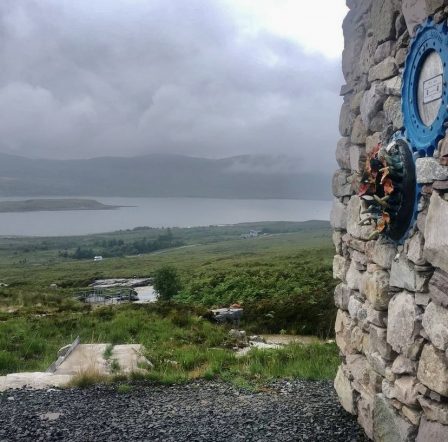
Hope for a community-led, biodiversity rich, Loch Eriboll
Any vision which is shaped for Loch Eriboll ought to be informed from the lived experience of those around the loch. As with all place-based approaches for conservation, plenty time needs to be carefully invested at the beginning, to ensure solutions which enable people to participate according to their own self-defined interest and capacity.
There’s already much positive conservation work going on around the loch. For example, the Laid Common Grazings and Community Committee have been demonstrating the positive impacts of woodland crofting for several decades now, while Plastic@Bay work tirelessly on cleaning up marine plastic pollution and have generated local jobs and significantly increased public participation in looking after their areas surrounding seas. The new North West 2045 is also an exciting multi-partner initiative, which is focused on demonstrating how to reap social, economic, and environmental benefits from cross-sectoral partnership.
In my trips to Loch Eriboll thus far, I am always heartened, too, by the warm welcome I receive and the passionate characters I have the privilege of meeting.
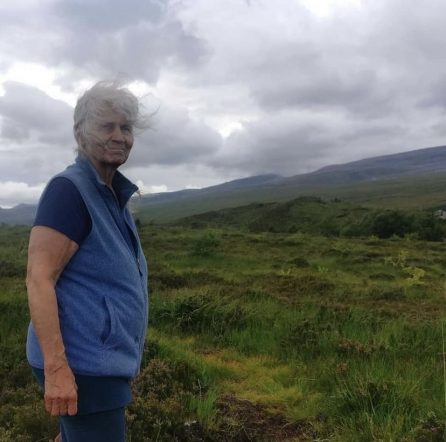
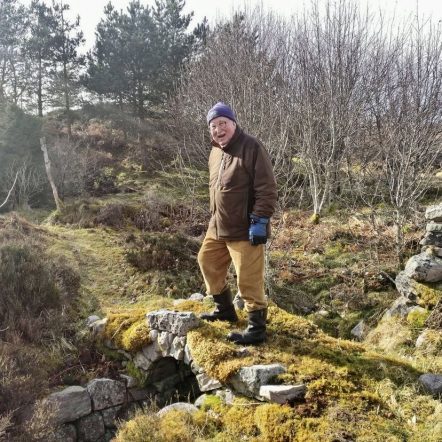
Knowledge Exchange
Alongside my work in scoping community values and aspirations for Loch Eriboll, a partnership of universities has also been undertaking ecological mapping of the loch (instructed by SIFT). During summer 2021, SRUC, the University of Glasgow, and the University of Hull teamed up with local creel fisher and crofter, James Mather, to drop baited underwater cameras onto the loch’s seabed. This benthic habitat mapping has enabled an in-depth picture of the loch to be initiated.
SRUC has now successfully secured PhD funding to conduct future work within Loch Eriboll (and other North West locations). To support the research to be sensitive to community values and needs, FFI teamed up with the research institutes last month to host ‘knowledge exchange’ events in Durness, Laid, and Tongue. An underwater film of Loch Eriboll, created by Flatdog Productions and funded by Wildland Ltd, was screened during the events as a first glimpse into the loch. This was followed by further information sharing on the summer 2021 survey findings, before we then we moved into focus groups to look to the future of the loch’s survey work. We captured opinions from participans, via participatory mapping and ‘good old’ sticky notes, so as to co-design elements of the research with local residents. The events garnered 70 folks in total, and the discussions were incredibly valuable, not just for the research design itself, but around the wider potential for local stewardship of Loch Eriboll.
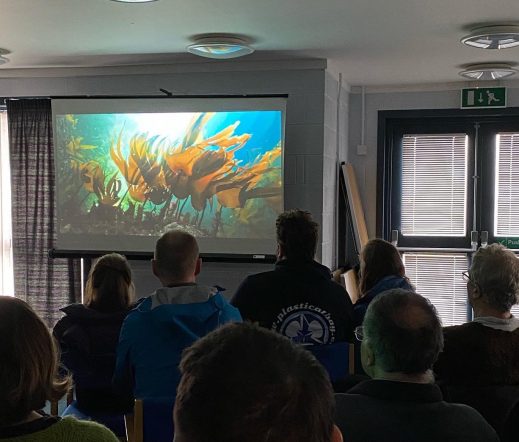
A report on the knowledge exchange events will be produced shortly, which will be made publicly available. In the meantime, it’s exciting to reflect on some of the ideas that started to emerge across the discussions – like the need for establishing dedicated virtual and physical ‘hubs’ in the area which can bring people around the loch better, to discuss marine conservation.
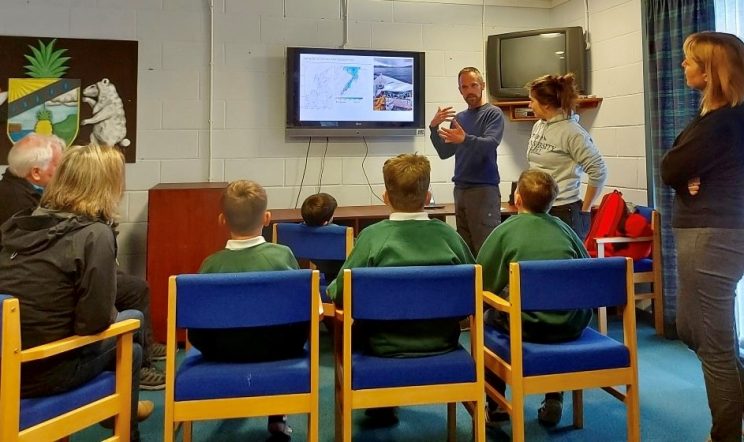
If you live near to Loch Eriboll and would like to talk about this work, please feel free to get in touch with me on – kerri.whiteside@fauna-flora.org.
Kerri is FFI’s Community Support Specialist, Scotland, in this role she works specifically with community-based organisations to help them implement their own, locally-focused, ambitions for nature conservation.
Tags: Community support, Loch Eriboll, Vision